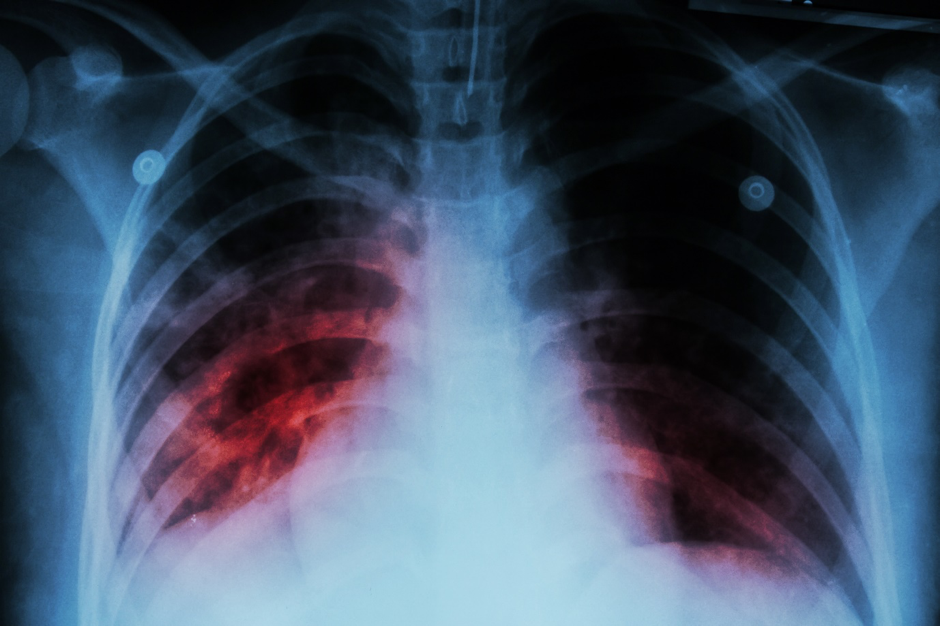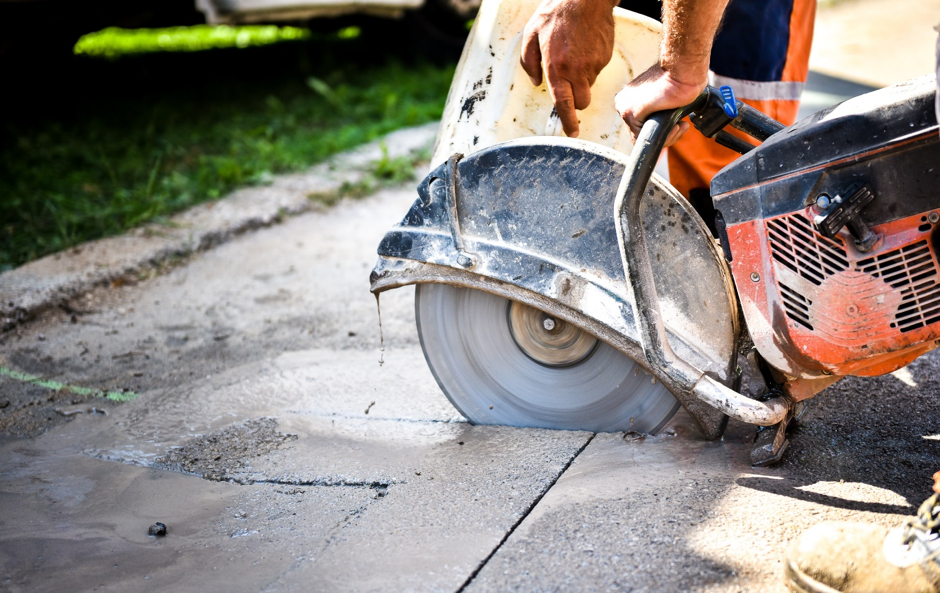
No one is immune to the dangers of silica dust!
Everyday construction workers are faced with a multitude of dangers; from physical and biological hazards to invisible gases, fumes and dust. Respirable silica dust is one of the most dangerous threats, yet we are only just waking up to the dangers of this silent, invisible killer.
What is Silica?
Silica is one of the most common naturally occurring elements on the earth and is found in most masonry materials including sand, asphalt, glass, quartz, concrete, mortar, plaster, brick, tiles and even some plastics.
In its natural state, silica is not normally hazardous however caution should be exercised when dealing with these materials. It is when the material is cut or processed that the deadly respirable silica dust is produced. This dust is so fine that the body’s natural defences such as hair and mucus cannot prevent the particles from entering the lungs.
These inhaled particles are highly dangerous and can cause lung cancer, silicosis, difficulty breathing and chronic obstructive pulmonary disease (COPD).

What is silicosis?
Already termed as "asbestosis 2.0", silicosis is an irreversible scaring of the lungs which occurs when silica dust is inhaled. However, unlike asbestosis, it can set in in a matter of weeks and in the worst cases it can be fatal. Silicosis cases are typically diagnosed between 22-46 years of age and once diagnosed has a life expectancy of just 3 years.
Symptoms include shortness of breath, coughing, fatigue, and weight loss.
Silica dust is harmful when inhaled over a long period of time at low to moderate levels, or short periods at high levels. Smoking also increases the risk and severity of silicosis.
What can I do to prevent silica dust exposure?
Personal Protective Equipment (PPE)
PPE such as dust masks and respirators should be used as a last method of protection. They do nothing to control the spread of dust.
For respirators to be effective the user must be clean shaven and often the respirator must be professionally fitted. They must also comply with AS/NZS 1716 – Respirator protective devices and must have at least a P2 filter.
They also do not protect those in the surrounding area, not only other construction workers but also members of the public, bystanders etc.
Administrative controls
Work practice controls include taking measures to reduce dust exposure such as:
- Certain cleaning methods – Use a class M or H vacuum cleaner or wet methods to clean up and extract dust.
- Maintaining PPE – All PPE should be cleaned after each use to ensure that dust does not accumulate and make the equipment ineffective.
- Exclusion - Scheduling dust-producing activities when other employees are not present
- Maintaining Equipment - Checking that vacuum and extraction systems are functioning effectively.
Essentially, these work practices only minimise exposure and does not completely eradicate silica exposure.
Engineering controls
Removing silica dust at the point where the dust is created is the most effective way to minimise the risk of silica exposure. Such control methods include:
- On tool water suppression – the tool is fitted with an integrated water delivery system that continuously supplies water and suppresses the dust generated. This requires management of the slurry clean up in order to be effective.
- Isolation and containment systems – Containing dust to a certain area or room using barriers and suitable dust extraction systems
- On tool dust extraction – the tool is fitted directly on to the tool and is fully integrated to remove dust from the source as it is being produced. This is only recommended for handheld equipment with low air and dust volumes.
- On tool dust extraction systems – also called local exhaust ventilation (LEV) system which is made up of multiple parts including the tool, captor hood or shroud connected to a class M or H vacuum.
Guarda Tri-Vac technology
A great example of “on tool dust extraction systems” is the Guarda Edge cutter. The saw features Tri-Vac technology and extracts not only dust but also slurry and engine fumes away from the operator to a wet dry vacuum.
Guarda has also developed a Vacuum Generator for working on remote sites or sites with no services. It is a wet/dry vacuum powered by a petrol engine and can be fitted with a water pump to supply water to the saw.
Conclusion
Whilst silica exposure is an age-old problem, the dangers of exposure are only just being realised.
The global silicosis epidemic is estimated to have so far affected tens of millions of workers. Silicosis is entirely preventable if using the right technology and work practices to control silica exposure.
Need expert advice on how to prevent Silica dust exposure with
Guarda Saws? Talk to the team at Allcon.
We’re a family business with over 100 years’ collective experience in concrete construction equipment. So we know all the hard truths about concrete.
For more information about Guarda saws and vacuums, simply click here to get in touch with us today.
